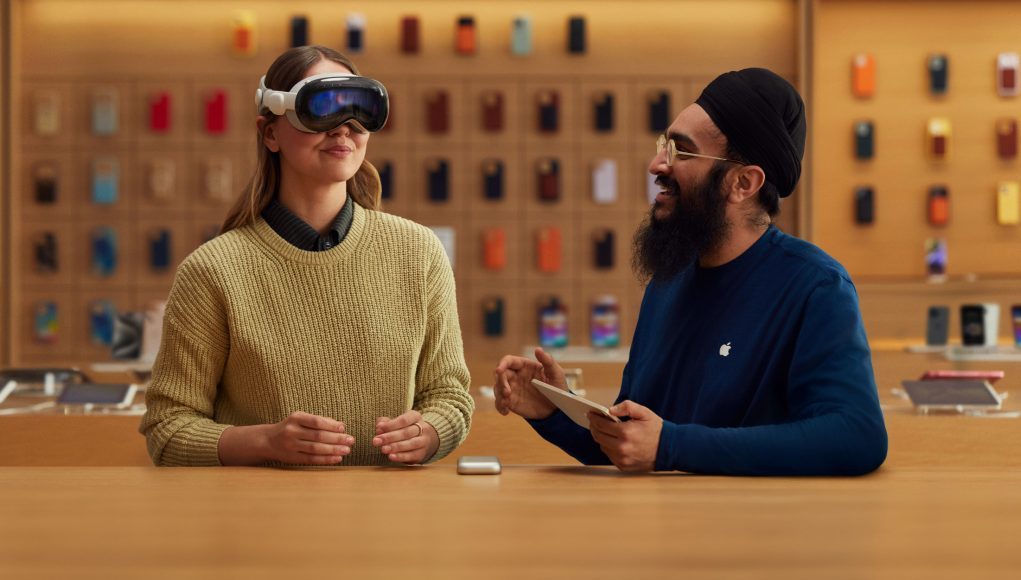Interested in seeing Vision Pro for yourself? Apple is now taking online reservations for in-store demos on February 5th and beyond.
We knew Apple planned to give in-store demos of Vision Pro, but initially the company said you could online get in line by going to an Apple store. And that continues to be the case for demos over this weekend.
But if you want to demo Vision Pro on February 5th and beyond, you can reserve a slot online. Just click here, sign in with your Apple ID, and look for availability at your local store.
Apple says Vision Pro demo take about 30 minutes. You’ll be walked through calibrating and navigating the headset, launching and using apps, choosing a background environment, watching immersive video, and more.
If you’re curious about AVP but not enough to go into a store to try one yourself, this video actually gives a really good idea of what it’s like to use the headset.







